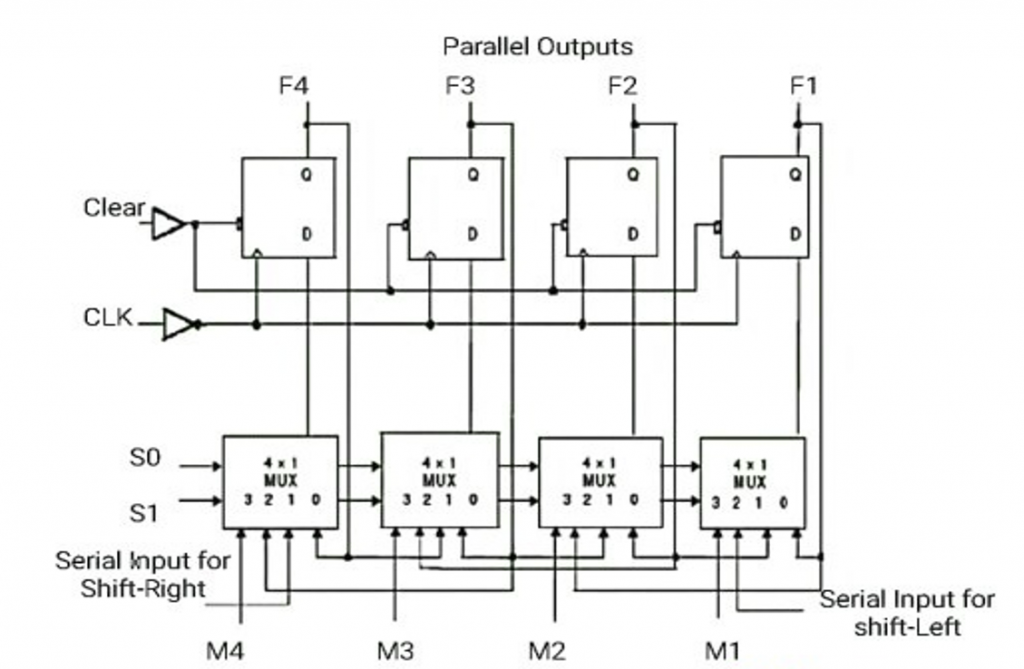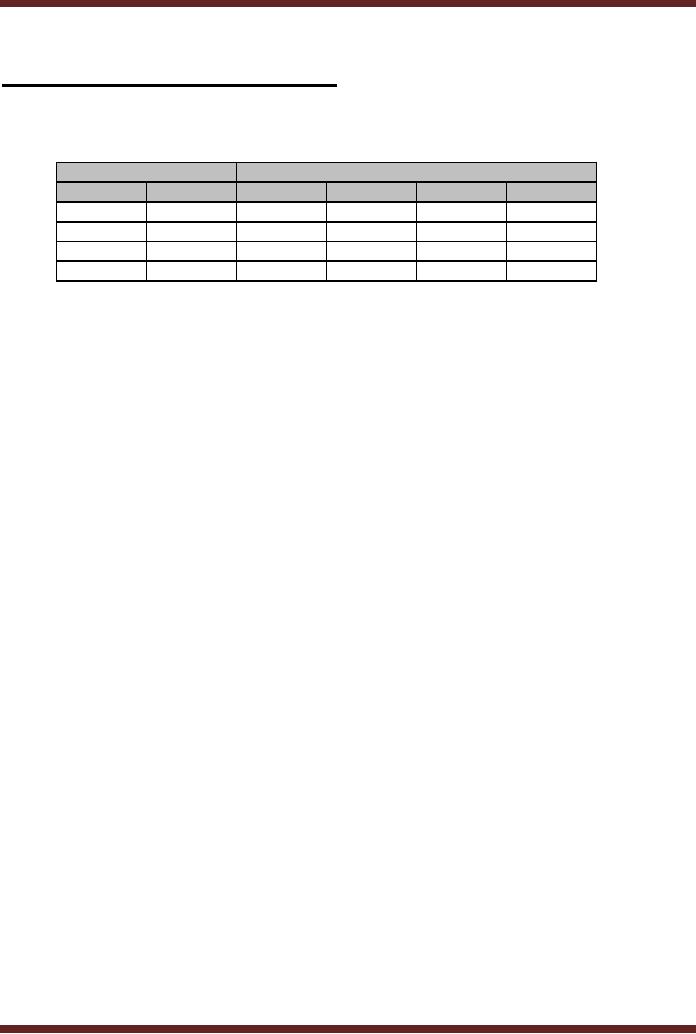


Hence the input data bit at the serial input line is entered into flip-flop A by the first clock pulse.Īt the same time, the data of stage A is shifted into stage B and so on to the following stages. When the clock pulse is applied, each flip-flop is either set or reset according to the data available at that point of time at the respective inputs of the individual flip-flops. The clock pulse is applied to all the flip-flops simultaneously. To input 0, one should apply 0 at the D input and vice versa. With the application of a clock pulse the data will be shifted by one bit to the right. In the shift register using D flip-flop, D input of the left most flip-flop is used as a serial input line. To input a 0, one should apply a 0 at the J input, i.e., J = 0 and K = 1 and vice versa. Input data are connected to the J and K inputs of the left most (lowest order) flip-fl op. A J-K flip-flop based shift register requires connection of both J and K inputs. The data within the register may be shifted from left to right using shift-left register, or may be shifted from right to left using shiftright register.Ī shift-right register can be constructed with either J-K or D flip-flops as shown in Figure 8.3. The output is also obtained on a single output line in a serial fashion. This leads to the construction of four basic types of registers:-įrom the name itself it is obvious that this type of register accepts data serially, i.e., one bit at a time at the single input line. There are two ways to shift data into a register (serial or parallel) and similarly two ways to shift the data out of the register. The shift register can be built using RS, JK or D flip-flops various types of shift registers are available some of them are given as under. The data in a shift register is moved serially (one bit at a time). If in these registers the connection is done in such a way that the output of one of the flip flop forms in input to other, it is known as a shift register.
#Parallel to serial converter using mux and flip flops series
A register will thus contain a series of bits which can be termed as a word or a byte. A single flip flop is supposed to stay in one of the two stable states 1 or 0 or in other words the flip flop contains a number 1 or 0 depending upon the state in which it is. When a number of flip flop are connected in series it is called a register. Therefore the number of stages in a register determines its storage capacity.Ī shift register is a storage device that used to store binary data. Each stage (flip flop) in a shift register represents one bit of storage capacity. The storage capacity of a register is the total number of bits (1 or 0) of digital data it can retain. Shift Register: A register that allows each of the flip-flops to pass the stored information to its adjacent neighbor.Ĭounter: A register that goes through a predetermined sequence of states. Two basic functions: data storage and data movement.In addition to flip-flops a register can have a combinational part that performs data-processing tasks. An n-bit register, has n flip-flops and is capable of holding n-bits information. A group of flip-flops constitutes a register, since each flip-flop can work as a binary cell. A register is a group of binary storage cells capable of holding binary information.


 0 kommentar(er)
0 kommentar(er)
